#ScottMRodell
Explore tagged Tumblr posts
Text


Recently acquired Japanese Black Pine developing into a semi-cascade. I have a nice, slightly bowled piece of stone I'll transfer it into next spring.
#bonsai#bonsaipenjing#penzai#penjing#scottrodell#swordsmanbonsai#bonsaitree#scottmrodell#japaneseblackpine#japaneseblackpinebonsai
8 notes
·
View notes
Text
Twilight Jianfa!
After training 3 days at Rodell Laoshi’s St. Paul Seminars, they wanted to test their sword skills. So out they went to the local plaza for some friendly bouting.
Seen on the left is Richard Son Su Meyer, director of Great River Taoist Center Twin Cities. And on the right is Quinatzin De La Torre. Both are long time students of Rodell Laoshi.
Note that both have years of experience in full contact swordplay and are able to control the power of their blows, even at full speed. Less experienced practitioners must don proper swordplay armor, particularly head and eye protection, when bouting.
#jianfa#chineseswordsmanship#jianshu#chineseswordfighting#chineseswordplay#chinesemartialarts#scottmrodell#duanbing#chinesemartialart#swordplay#taijijian#taichisword#yangjiamichuantaijijian#taijiswordfencing#chineseswordfencing#kungfuweapons#swordfightingclasses#swordfightingskills#swordfightingschool#daoistswordarts#daoistswordart#chinesesword#swordarts#swordfight#swordfighter#wudangsword#chineseswordwork#wudangjian#fullcontact#ukchineseswordfighting
13 notes
·
View notes
Text
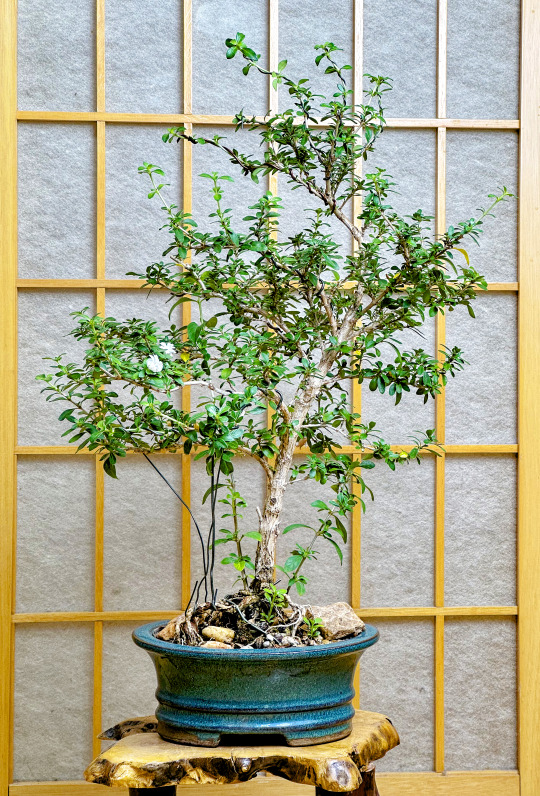
Did a little fine wiring this past week on one of my “Snow Rose.” Experimenting with getting more depth of field with my cell phone camera. Tweaked in Pixelmator Pro. Better, but quite what I’d like. Happy with the direction this little trees is going though.
22 notes
·
View notes
Text


Cascade Japanese Maple Summer 24 Update.
#bonsaipenjing#bonsai#penjing#swordsmanbonsai#scottrodell#bonsaitree#scottmrodell#japanesemaplebonsai
4 notes
·
View notes
Text
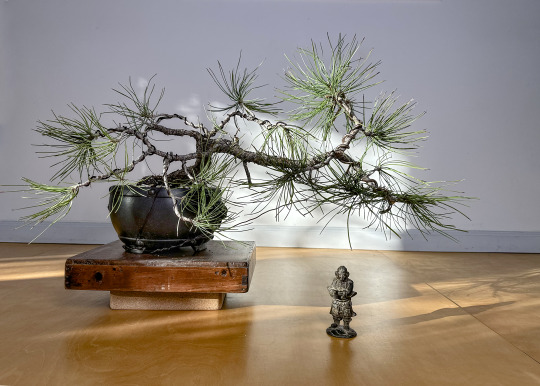
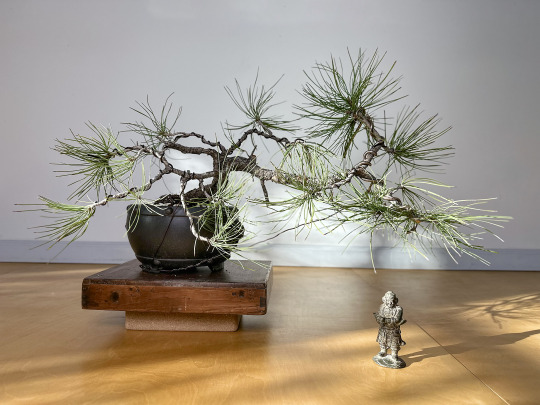
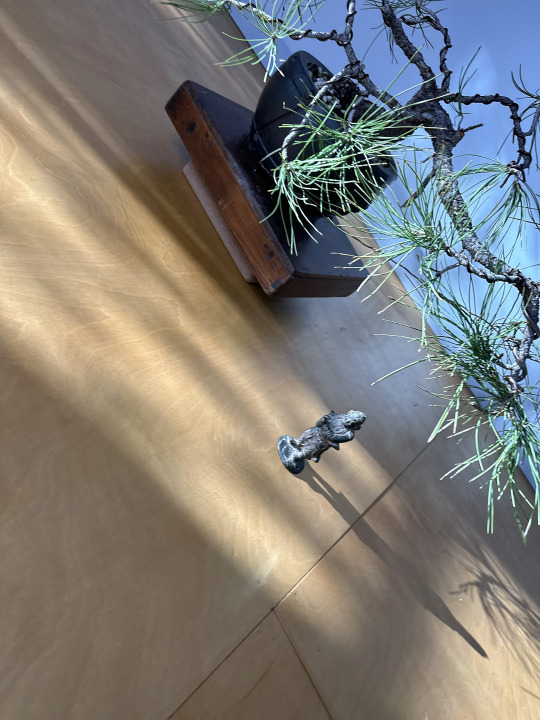
LíngLóng Ponderosa Pine
凌龍黃松~
Having a bit of fun, experimenting with how the light plays on the pine and walls as it streams in during the early morning.
Every morning is a bit different…
Let me know which you prefer? If there is one you like more than the other.
#swordsmanbonsai#penzai#penjing#bonsaipenjing#scottmrodell#bonsai#scottrodell#bonsaitree#ponderosa#pineyamadori#yamadori#ponderosabonsai#ponderosapine
8 notes
·
View notes
Text
Rainy morning… my “Drooping Pine.” A little more work to do, but taking shape. Have to think of a more poetic name than drooping pine…
#swordsmanbonsai#penzai#scottmrodell#penjing#scottrodell#bonsaipenjing#bonsai#bonsaitree#ponderosabonsai#ponderosapine
7 notes
·
View notes
Text




Cascade Japanese Maple Re-Wire 8/24~
I’ve often made the error of leaving the wire on too long on my Japanese Maples. This time, I might have taken it off a bit early. I noticed that the fine branches hadn’t held their shape, so I re-wired them.
Since I had it in to work on, I thought I might experiment with a bit of camera work. On an overcast day, I had a light shined on the tree at different angles. I thought I might get a nice round spotlight effect. Obviously I didn’t, but did get some interesting shadows. Anyway, let me know what you like, or don’t…
#swordsmanbonsai#penzai#scottmrodell#bonsaipenjing#bonsai#bonsaitree#japanesemaplebonsai#scottrodell#penjing#japanesemaple#cascadebonsai
4 notes
·
View notes
Text
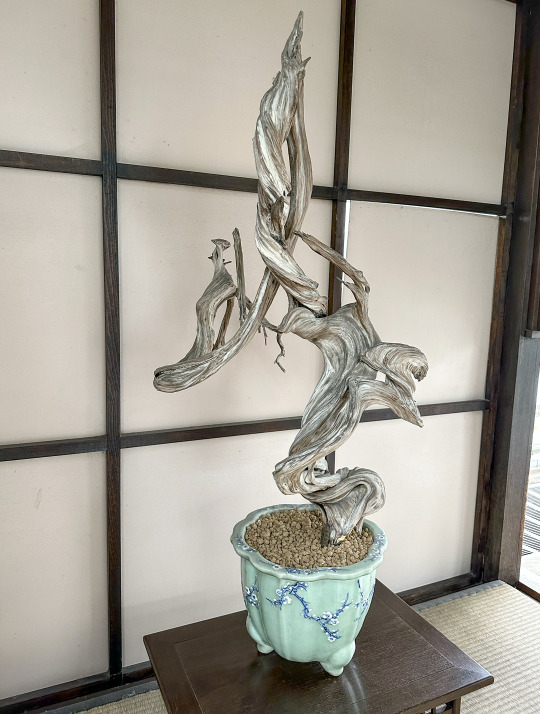

The Fudo Juniper that greets you as you enter the Bonsai Collection at the Brooklyn Botanic Garden.
#bonsai#penzai#swordsmanbonsai#bonsaipenjing#scottmrodell#bonsaitree#scottrodell#penjing#brooklynbontanicgarden
9 notes
·
View notes
Text
A few more of the Trees lining the entrance way to Bonsai Exhibit at Hoshun-In in Kyoto.
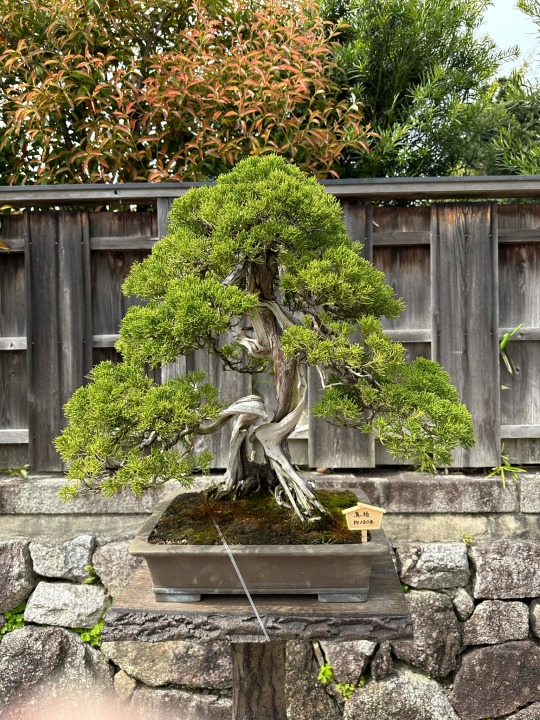




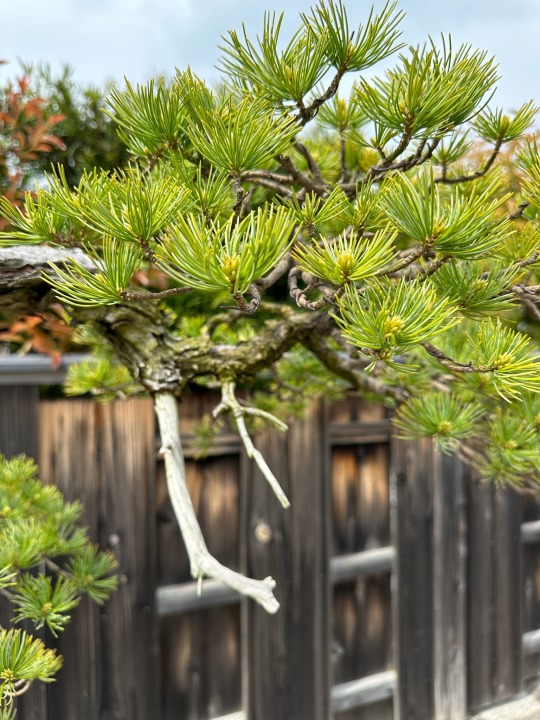
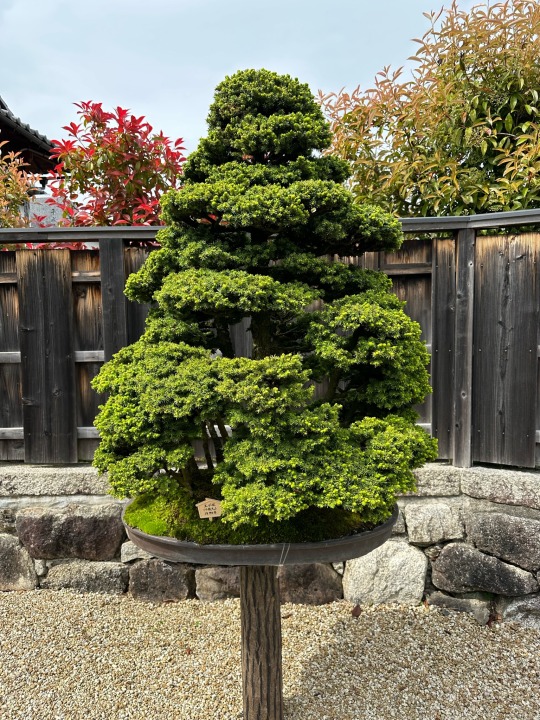

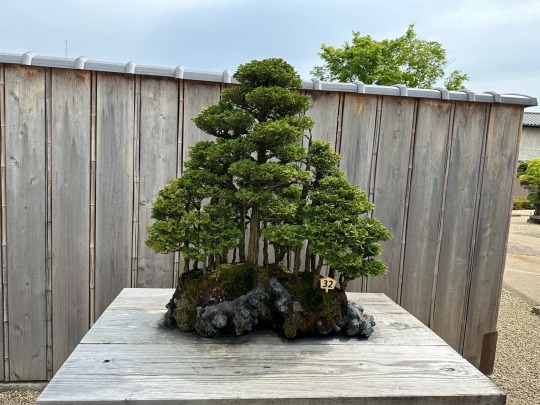
#Hoshun-In#bonsai#bonsaitree#swordsmanbonsai#scottrodell#scottmrodell#penjing#penzai#bonsaipenjing#kyoto#japanesegarden
28 notes
·
View notes
Text

Swamp Cypress~
I acquired this Swamp Cypress two summers back. It was over grown, but I was able to slowly get it in shape. I’ve found the branches have to remain wired for many months to take the shape, even as long as a year. I pruned it back heavily this spring. From here forward it feels like it will really come into its own.
#penzai#penjing#scottmrodell#swordsmanbonsai#bonsai#scottrodell#bonsaipenjing#bonsaitree#cypressbonsai
5 notes
·
View notes
Text
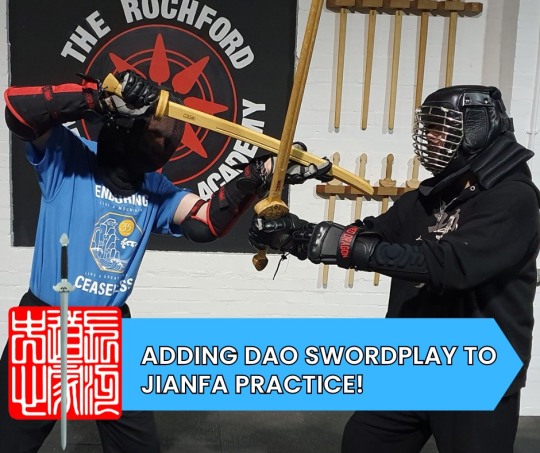
Merging Jianfa & Daofa in Your Swordplay:
Practitioners of Jianfa looking to explore the depths of Chinese swordsmanship, incorporating Daofa, the art of the saber, can add a more assertive, power orientated flavor to your swordplay.
This journey is not just a weapons switch up; it's about expanding your mindset, augmenting your skill set, while broadening your approach to swordsmanship.
In this guide, we'll navigate through the transition, focusing on practical techniques and insights to enhance your martial arts skills.
The Jian, with its straight, double-edged blade, epitomizes precision, agility, and adaptability, demanding a level of finesse and fine movement.
In contrast, the Dao, featuring heavier cuts, is a single-edged blade, representing power and efficiency in combat.
Uniting Daofa with Jianfa involves more than learning to handle a different sword, it means embracing a different approach in swordplay.
The Dao's point of balance is more forward than the Jian’s. This provides for more powerful cuts and thus a significant shift in technique. Daofa focuses not on the quick, wrist-led maneuvers that are the essence of Jianfa, instead focusing on powerful, elbow-driven techniques.
This style engages larger muscle groups for stronger and more impactful strikes, a key aspect in effectively wielding the Dao.
Starting with Pi Cut from Stirring Deflection
Begin your transformation with a drill common to both Jianfa and Daofa, the Pi cut from a stirring deflection. This provides a familiar base while introducing Dao's unique handling characteristics.
Chan involves a binding or wrapping movement, where the blade circles the body. It's a deflecting technique where the flat of the blade is used to deflect an incoming cut on one side of the body and then continues the motion to circle the blade around the torso, behind the back. This allows for a follow-up cut from the opposite side.
Deflecting with a Chan movement, the empty hand moves inside the blade, close to the chest, and can be employed to momentarily control the opponent’s sword arm as one advances forward. Training this technique introduces practitioners to the closer, more direct combat style found in Daofa. In contrast, Jianfa's prefers maintaining a distance that provides space to maneuver.
After gaining familiarity with the Pi and Hua cuts, it's insightful to progress to the distinctively heavier Kan cut. The Kan is and unique to saber systems, not being present in Jianfa.
Following this, the Duo cut would be the next logical cut to add. While the Duo cut is also present in Jianfa, it’s not made use of as frequently when wielding the straight sword.Training Daofa’s use of the Duo reminds us of why we are evolving our swordplay, merging the mindsets of Jianfa and Daofa, mixing more aggressive and assertive actions into our sword work.
In practice, although the timing of the Duo cut may appear similar to its Jianfa counterpart, it requires a considerably larger window of opportunity, reflecting the bolder and more direct approach of Daofa.
This exploration into the Duo cut provides practitioners with a new perspective on the rhythm shift from the more measured Jianfa to the dynamic and forceful Daofa.
The Pi cut can be likened to the power needed to trim a leaf off a tree, the Kan cut to chopping a thick branch, and the Duo cut to the robust action of felling an entire tree or splitting a log. This progression not only illustrates the escalating power inherent in Daofa techniques but also underscores the distinct tactical mindset required for this style of swordplay.
The Gua cut, though mechanically akin to the Liao cut in Jianfa, takes on a unique role in Daofa. It focuses an aggressive sweeping action to proactively capture the line, reflecting Daofa's assertive and power-oriented nature of Dao swordplay.
Incorporating shield work, especially with durable circular cost effective riot shields, provides insight into how the Dao would have been wielded on the battlefield. This practice not only enhances sword skills but also offers a better understanding of strategic defense and offense in historical combat contexts.
You can use a rattan Tengpai, but these are a lot more costly than a riot shield, which are far cheaper and will hold up to virtually anything you can throw at it during swordplay.
These individual cut drills can be combined into dynamic semi-fixed sparring routines, crucial for experiencing the reactive and adaptive nature of Daofa and preparing for unpredictable combat situations.
Merging Jianfa to Daofa offers an opportunity to evolve your understanding of Chinese swordsmanship, introducing new techniques and strategic thinking. It also adds tactical options to your swordplay, making you less predictable. This journey, embraced with dedication and an open mind, not only enhances your swordplay skills but also enriches your overall approach to swordsmanship. Enjoy the growth and mastery that come with learning the powerful art of the Daofa.
—----
All of the drills and cuts discussed in this guide can be found in the Daofa sections of the Academy of Chinese Swordsmanships Online Archives. Available to all members of the Daofa and Sword Scholars Study paths.
Visit www.chineseswordacademy.com for more details.
#chineseswordsmanship#jianfa#duanbing#chinesemartialarts#chineseswordplay#chineseswordfighting#scottmrodell#jianshu#daofa#scottrodell#daoistswordarts#chineseswordarts#swordfightingclasses#ukchineseswordfighting#taijijian#taijiswordfencing#taijisword#wudangsword#wudangjian#taijidao#taijisaber#swordfightingschool#kungfuweapons#swordfightingskills#chineseswordwork#swordtraining#劍法#刀法#chinesesword#yangjiamichuantaijijian
8 notes
·
View notes
Text
I’ve been pleased with the first style of the trunk on this collected tree. But I wasn’t sure where to go with the apex of the tree. After training, standing in the wuguan gazing out the windows at my trees, spying my White Pine yamadori, I had a revelation ... wired the last section up to the crown. Quite happy with where it is.
#whitepinebonsai#swordsmanbonsai#penjing#scottmrodell#bonsaipenjing#bonsai#scottrodell#bonsaitree#penzai#yamadori
4 notes
·
View notes
Text
youtube

Love it when something I figured it turns out to also be a method the experts are using.
During the hottest days, I water lightly in the early morning. Before I do, I touch the growing medium of several trees to feel the moisture content. They are typically still a bit moist from the previous evening’s watering.
Midday, I give all the trees a through soak, including spraying the leaves, and spraying the area around them. This includes the nearby lawn areas, gravel beneath the display tables, and stones of the garden path. Obviously, this heats to cool the pots that have baking in the sun, and the water evaporating from around the trees help keep them in a moist humid environment.
Lastly, in the early evening, I give them another slight spray, pots, tree tops and surrounding area.
I know that’s a lot for those who don’t work from home. That afternoon water will be impossible for those at work. For those away during the day, May I suggest a sprinkler with a timer. I’ve effectively employed this set up for days I have to be away.
The short video above describes a process very similar to what I came up.
#bonsai#penzai#wateringbonsai#swordsmanbonsai#scottrodell#bonsaitree#penjing#scottmrodell#bonsaipenjing#Youtube
2 notes
·
View notes
Text
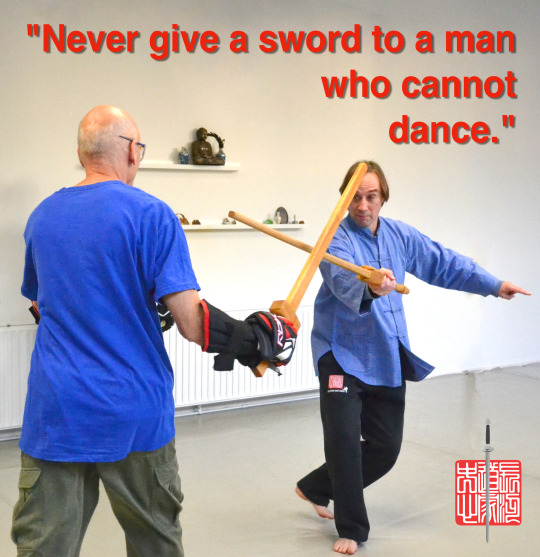
"Never give a sword to a man who cannot dance.” Or at least Confucius is reportedly said so, though this quote is more likely apocryphal than genuine. If he had did indeed written this, Confucius would have no doubt have been using it as a metaphor for not placing someone in a position they are not qualified to fill. If we take this idea literally, then Confucius probably would have actually meant dancing when asked whether or not to trust someone with a Jiàn. Though probably not the sort of dancing you are thinking of. Confucius lived during the later Zhou dynasty (ca. 551–479 BC). During his life, and in many dynasties to come, “Sword Dances” were performed as ritual. The term Jiànwǔ (劍舞, literally, sword dance) was also used to describe the forms used to train soldiers. Minority peoples also practiced war dances to prepare for combat. These ritual court and religious dances required a high degree of precision, flow, and intent. Which is to say nothing of good body mechanics. As do forms practiced by large numbers of men at arms at close quarters when drilling. It then follows that if one is unable to “dance” well with a sword in hand, then it is also unlikely that he’ll flow well in swordplay. Consider if one cannot flow deftly, without hesitation, from one movement to the next in sword forms, or hesitates, rather than moving seamlessly from deflection to cut as one intent, then how can one expect to “dance” smoothly, like a swimming dragon, following and fluidly countering when one’s duifang’s sends blows are raining down?
Lack of preparation in the form of forms (“dances”), training in the Basic Cuts, partner drills, and a methodical progression from fixed step to moving swordplay practice, often results in the sort of slapping together of blades during swordplay derided by past sword teachers. One example from the manual, Zǐwǔ Jiàn by Huáng Hànxūn, advises, “Don’t mutually strike (swords) together at the same time…” And the Yang Family Taijiquan Skill and Essential Points by Huang Yuanxiu records, “The sword is never easy to pass down. Straight forward and back is incomprehensible. If you fake it, cutting like a saber, the old immortal Sanfeng will laugh to death.”
From a modern point of view, if you can’t “dance,” you should at least be cautious about jumping right into swordplay. Dancers move with the rhythm and flow of the music, and with their partners. They intuit the flow and use movements they’ve practiced to follow that pattern. Sounds a good deal like swordplay. If one hasn’t yet learned to “dance” beautifully through the sword form with the same sort of focus and intent of the ancient sword dances, don’t expect to flow with the duifang’s cuts as they rain down, it could be fairly easy to fall into the error
The fix is easy- Practice sword forms as if there’s a duifang there doing his best to cut you. Visual his movements and move with them. Train with a historically accurate sword to avoid misconceptions that arise from light weight, improperly balanced “weapons.” Practice your form mindfully to perfection and you’ll see a difference in your swordplay.
~Scott M. Rodell
#jianfa#chineseswordsmanship#jianshu#chineseswordplay#chineseswordfighting#chinesemartialarts#scottmrodell#duanbing#swordplay#chinesemartialart#scottrodell#yangjiamichuantaijijian#yangstyletaichi#yangstyletaichichuan#taijisword#taichisword#taijijian#zhongguojianfa#ukchineseswordfighting#swordfightingschool#swordfightingskills#swordfightingclasses#swordfighting#chineseswordwork#chineseswordarts#chineseswordart#taijiswordfencing#taijifencing
13 notes
·
View notes
Text
During my visit to Japan this spring, I visited the new Bonsai Exhibit at Hoshun-In in Kyoto. No surprise that I took a lot of photos. Tumblr only allows me to share 10 at a time, so watch for installments over the next week. Here are the trees that line the walkway to the main exhibition area.
Enjoy…

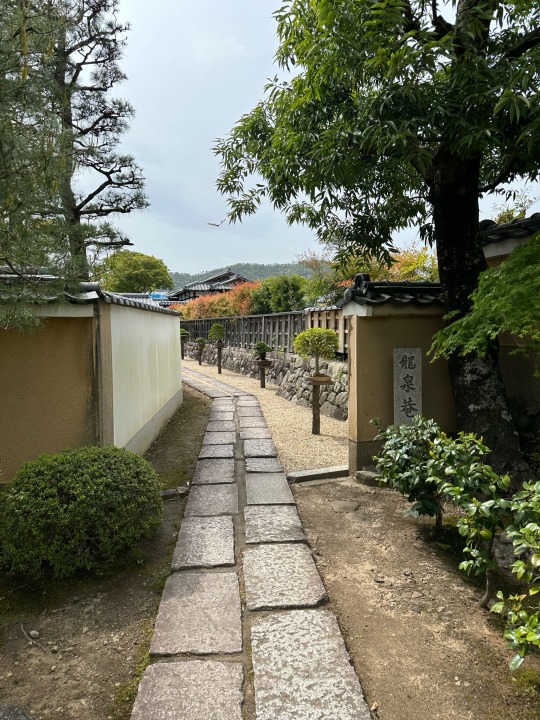



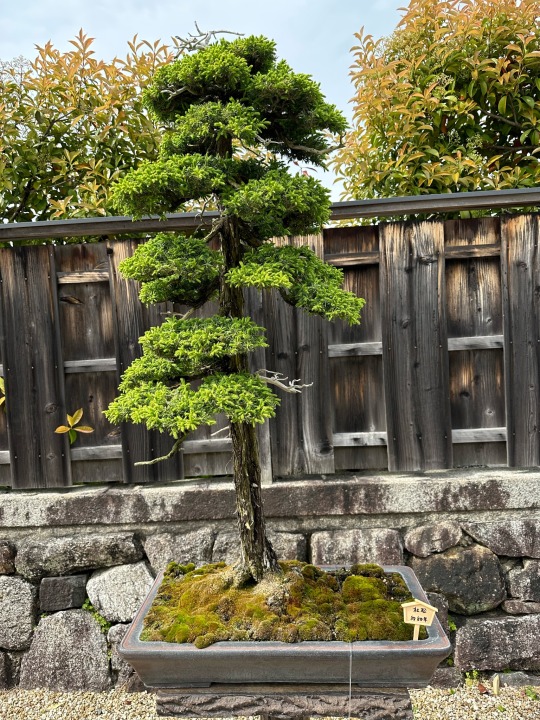
#bonsai#bonsaipenjing#penzai#penjing#scottmrodell#scottrodell#swordsmanbonsai#bunjinbonsai#japan travel#japanesemaplebonsai#bonsaitree#kyoto
18 notes
·
View notes
Text
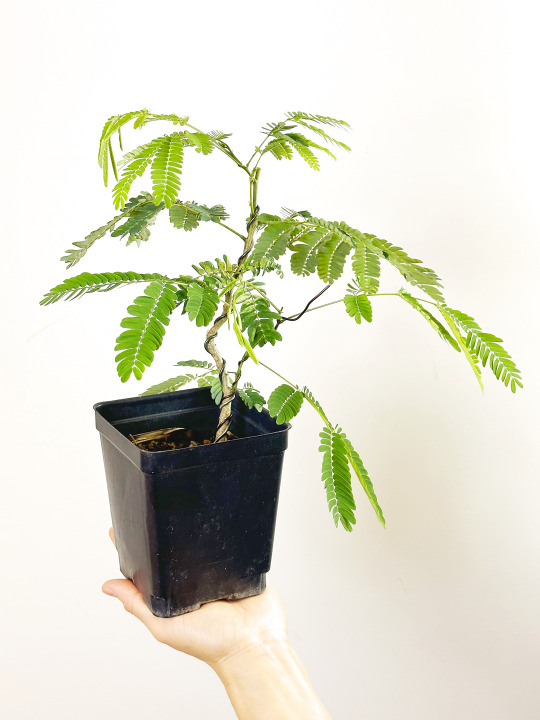
Experimental Mimosa~
Little Mimosa Trees volunteer around the garden. They are not native, so they get pulled out. Last year I thought I might try one as a Bonsai/Penzai and potted up this one when it was about 3” tall. I let it grow without any wiring, pinching it back now and then. They really are strong growers, and this one would easily be three times its current height if I had not pinched it back repeatedly again this year.
As you can see, I’ve gotten some nice, twisty movement into the trunk. This is the third wiring this year. Given how fast they grow, Mimosa take the wired shape quickly, in just a few weeks. But they also have thin bark and scar easily. Considering how fast they grow, I’m fairly confident the scaring will fade. If not, I’ll open up the scares more to make them appear more natural and not stripes from the wire.
Repeatedly pinching back the new growth eventually resulted in some ramification. That was something I had a question about. No doubt I will have to keep and eye on it and continue the pinching back to keep it from shooting up and force more ramification.
#bonsai#bonsaipenjing#penjing#penzai#scottmrodell#scottrodell#swordsmanbonsai#bonsaitree#mimosabonsai
13 notes
·
View notes